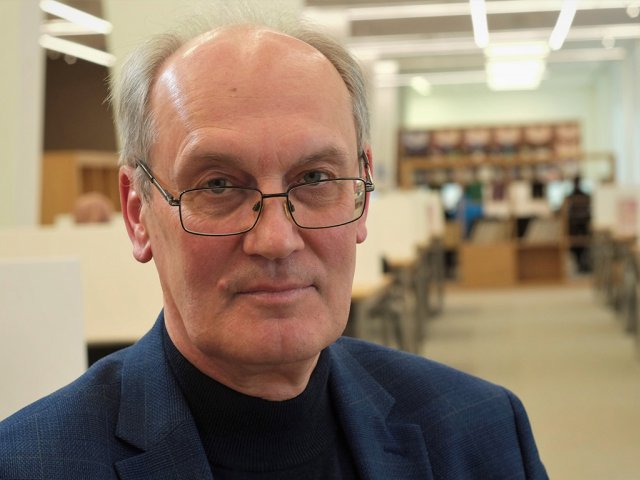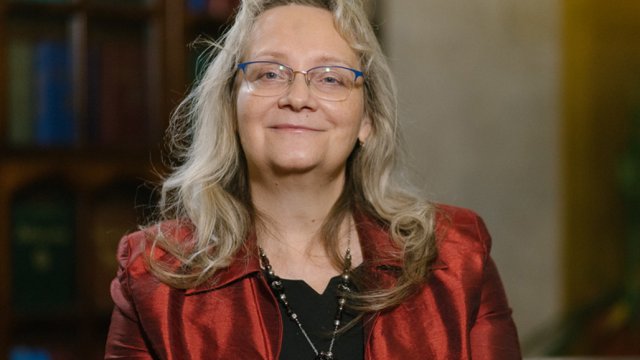Official:
Ivan Mikhaylovich Sechenov. August 13, 1829 – November 15, 1905.
Outstanding Russian physiologist, chemist, founder of the Russian school of physiology, polymath scientist, honorary member of the Saint Petersburg Academy of Sciences.
Life and Work:
1. Academician Aleksey Krylov recalled that when he was a child, a distant relative named Ivan would come to their estate and make presentations for the family. The young Aleksey would be allowed to watch if he caught some frogs. The guest named Ivan was none other than Ivan Sechenov.
2. Ivan Sechenov's path to science was neither easy nor smooth. His father died early, and the boy had to be home-schooled. But the young man proved to be highly capable, completed the basic education and was accepted to the Saint Petersburg Main Engineering School.
3. Sechenov graduated with the rank of ensign and served in the combat engineer battalion in Kiev. But engineering could not captivate him, and he became interested in medicine. At the Medical Faculty of Moscow University, he acquired a profession, but not his calling in life. Sechenov was disappointed with the medicine of that time and he shifted his focus to physiology. And he achieved such success that Ivan Pavlov called Sechenov “the father of Russian physiology.”
4. His first work in physiology was his doctorate dissertation. In it, Sechenov studied the physiology of intoxication, and as befits a true scientist, he conducted the risky experiments on himself, getting drunk within an inch of his life.
5. Sechenov's scientific achievements are immense and undeniable: he laid the foundations of age-specific, comparative, and evolutionary physiology, as well as occupational physiology. It was Ivan Sechenov who provided a scientific proof that the working day should not be longer than eight hours.
6. In his classic work Reflexes of the Brain, Sechenov demonstrated that all mental phenomena are based on physiological processes, which can be studied using scientific methods. The government was displeased with the materialism of this book and tried to put Sechenov on trial. This did not discourage Ivan Sechenov, and when asked by his friends who he was going to hire as his lawyer, he said, “But why would I need a lawyer? I am going to bring a frog into the courtroom and do all my experiments in front of the judges. Then let the prosecutor contest me!” As a result, Sechenov won the case, and his work was published.
7. Sechenov was highly valued by his students and friends. Prominent scientist Kliment Timiryazev gave this exhaustive description of his teacher and friend, “I don't believe any other physiologist of that time... had as wide a scope of his own research, from physical research in gas solubility to study of nerve physiology and strictly scientific psychology... Add to that the brilliant, remarkably simple and clear form in which he put his thoughts, and you can see the immense impact that he had on the Russian science, on the Russian thought far beyond his audience and his profession.”
8. What is the gas solubility research that Sechenov's student is referencing? Sechenov had to make a detour to physics and chemistry out of the needs of his physiological research: he sought to unveil the secret of the physiological process of carbon dioxide absorption from and release to the tissues by the blood. Later, he expanded the scope of his research and made major discoveries in the theory of solutions. He formulated what has become known as the “Sechenov equation”: a formula that relates the solubility of a gas in an electrolyte solution to its concentration.
9. Working together with his wife, Ivan Sechenov made the first Russian translation of Charles Darwin's The Descent of Man, and Selection in Relation to Sex. He was an active and most respected proponent of the evolutionary theory in Russia.






















